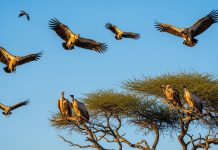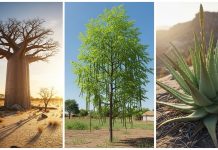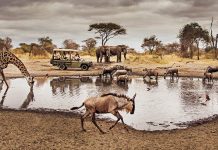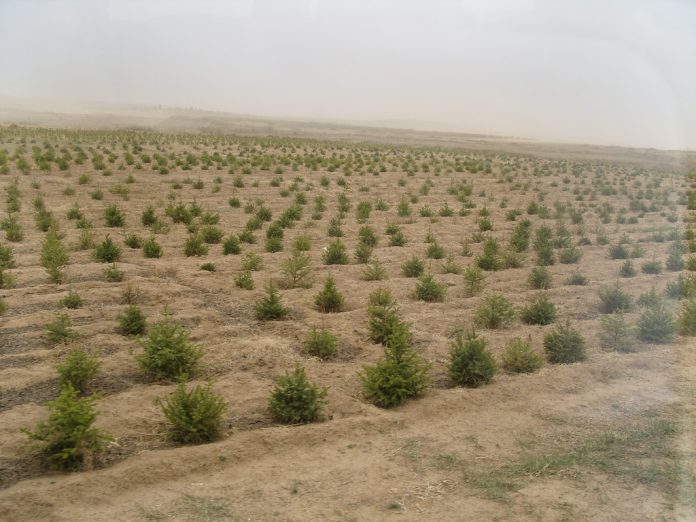A recently published study in the journal Science has concluded that investing $22-$31 billion in curbing habitat loss, deforestation and wildlife trade; monitoring and controlling disease emergence would dramatically reduce the risk of another pandemic. That represents just 2% of the total cost — $10-$20 trillion — inflicted on the global economy by the COVID-19 pandemic.
The study, authored by Andrew Dobson of Princeton University, Stuart Pimm of Duke University and Les Kaufman of Boston University, warns that novel diseases are increasingly common and that a global pandemic risk response must be among the economic priorities after the pandemic. The authors note that two new viruses spill over from wildlife to people every year, and that these spillover events occur most frequently in tropical forest areas where deforestation, wildlife trade and habitat degradation are highest.
Read also: Academics, NESREA, EHORECON, parks service, unite against air pollution in Nigeria
“An ounce of prevention is worth a pound of cure, and we have to invest in conserving nature if we want to make COVID-19 the last pandemic,” said Tanya Sanerib, international legal director at the Center for Biological Diversity. “Spending billions on conservation and prevention makes sense when you consider the economic devastation wracking the globe right now. If we don’t devote resources, we’re playing Russian roulette with nature, and nature always wins.”
Existing zoonotic diseases from wildlife and livestock already kill 2.7 million people each year. While many of these diseases are known and not highly transmissible, emerging and novel zoonotic diseases now arise at predictable intervals due to the exploitation of wildlife and nature around the world.
In May the Center for Biological Diversity and NRDC released an action plan to stop future pandemics. The plan called for $10 billion per year in spending by the U.S. government to address wildlife trade and help people transition to new livelihoods, combat habitat loss and fragmentation, and reduce disease risk.
To date the U.S. Congress has not allocated any additional resources to address habitat loss, deforestation or wildlife trade activities that are the root cause of the COVID-19 pandemic.
“The current pandemic is a symptom of the larger extinction crisis that’s also driven primarily by wildlife exploitation and habitat loss,” said Sanerib. “Unless we transform our unhealthy relationship with wildlife and nature, we put at risk not only our own health but the health and well-being of our planet.”

















